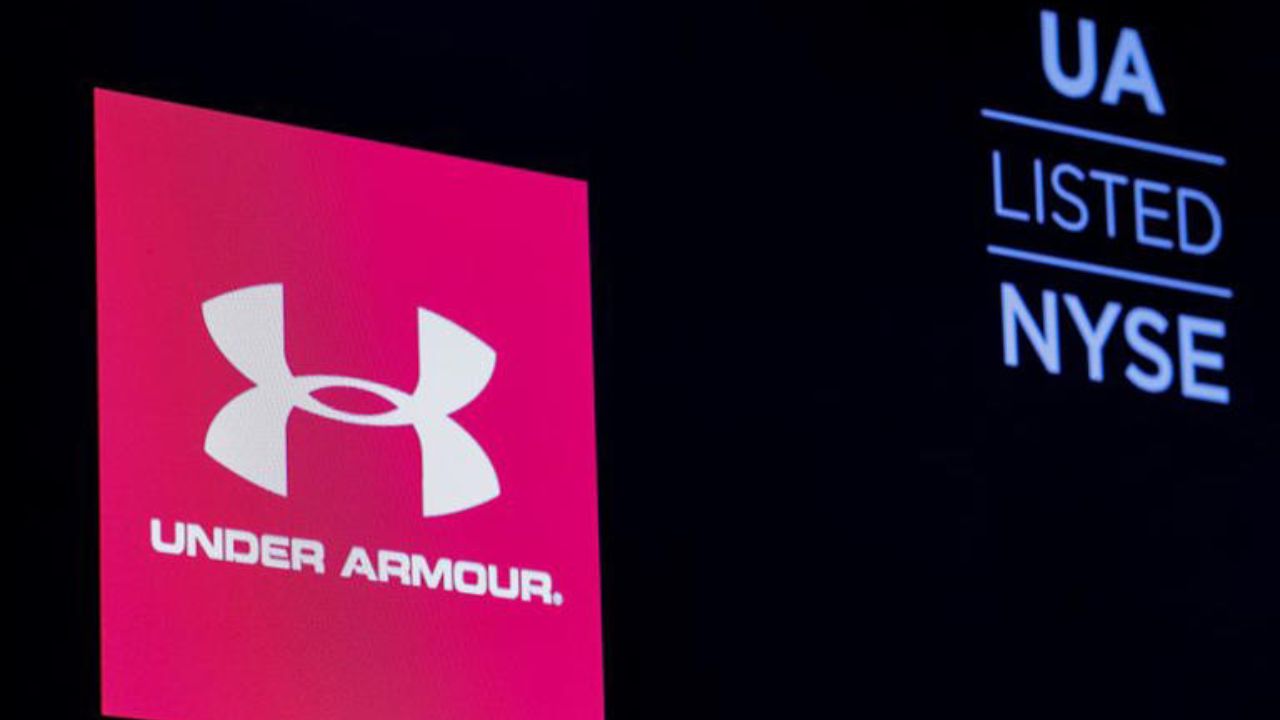Under Armour lawsuit, Under Armour settlement, sales disclosures lawsuit, Kevin Plank, SEC investigation, shareholder lawsuit, Under Armour financial health, $434 million settlement, Under Armour legal issues, corporate governance
Under Armour has agreed to pay $434 million to settle a class-action lawsuit over misleading revenue disclosures. Discover the details of the case, SEC findings, and the financial and governance implications for the sports apparel giant.

Under Armour to Pay $434 Million to Settle Lawsuit Over Sales Disclosures
Under Armour, the renowned sports apparel maker, has agreed to pay $434 million to settle a class-action lawsuit from 2017. The lawsuit accused the company of defrauding shareholders by misrepresenting its revenue growth to meet Wall Street forecasts. This settlement comes as a significant financial and reputational development for Under Armour, a company that has been striving to maintain its market position amidst fierce competition and regulatory scrutiny.
The Lawsuit and Allegations
The class-action lawsuit, filed in 2017, accused Under Armour and its CEO, Kevin Plank, of intentionally misleading shareholders about the company’s financial health. The plaintiffs alleged that Under Armour engaged in deceptive practices to inflate its revenue growth figures, thereby misrepresenting the company’s actual performance and financial stability. These actions were purportedly aimed at meeting Wall Street’s revenue expectations, thus maintaining investor confidence and stock prices.
SEC Investigation and Findings
In addition to the class-action lawsuit, Under Armour faced scrutiny from the Securities and Exchange Commission (SEC). In 2021, the company agreed to pay $9 million to settle SEC charges related to misleading investors about its revenue growth. The SEC investigation revealed that Under Armour had employed a sales tactic known as “pulling forward” to accelerate a total of $408 million in existing orders during the second half of 2015. This tactic involved recognizing revenue earlier than it would naturally occur, thus creating a misleading impression of the company’s financial performance.
The SEC’s findings were critical in highlighting the discrepancies in Under Armour’s financial reporting. The company failed to disclose these practices to investors, which violated the principles of transparency and honesty that are fundamental to investor relations and market regulations.
Settlement Details
To settle the class-action lawsuit, Under Armour agreed to pay $434 million. This settlement avoids a potentially lengthy and costly trial that was scheduled to commence on July 15 in Baltimore federal court. The settlement amount will be covered through Under Armour’s cash reserves and its $1.1 billion revolving credit facility.
In addition to the financial settlement, Under Armour has agreed to several corporate governance changes. One notable change is the continued separation of the roles of the chair and the chief executive officer for at least three years. This move is aimed at enhancing oversight and reducing the concentration of power within the company’s executive leadership.
Under Armour, in its regulatory filings, has consistently denied the accusations of wrongdoing. The company emphasized that the settlement is not an admission of fault or liability but a pragmatic decision to resolve the litigation and avoid further legal expenses and distractions.
Financial Implications
The settlement is expected to have a significant impact on Under Armour’s financial statements. The company anticipates that its total accrual for legal proceedings related to the lawsuit will reach $434 million during the first quarter of fiscal year 2025. This figure is a substantial increase from the $100 million accrued at the end of fiscal 2024.
While the settlement will undoubtedly affect Under Armour’s financials, the company is positioned to manage this payout through its available resources. Drawing on its revolving credit facility indicates that Under Armour has sufficient liquidity to handle such large settlements without jeopardizing its operational stability.
Broader Impact on Under Armour
The settlement marks a pivotal moment for Under Armour, both in terms of its financial health and its corporate governance. By addressing these legal challenges head-on, Under Armour aims to restore investor confidence and demonstrate its commitment to transparency and ethical business practices.
The changes in corporate governance, particularly the separation of the roles of chair and CEO, reflect a broader trend in corporate America towards enhancing accountability and oversight. This move could set a precedent for other companies facing similar allegations and underscore the importance of robust corporate governance structures.
Market Reaction and Future Prospects
The market reaction to the settlement will be closely watched by analysts and investors. While the immediate financial hit is substantial, the resolution of these legal issues could remove a significant overhang on Under Armour’s stock, potentially leading to a more stable and predictable investment outlook.
Looking ahead, Under Armour’s ability to navigate these challenges and maintain its competitive edge in the sports apparel market will be crucial. The company’s focus will likely shift towards strengthening its financial reporting practices, enhancing internal controls, and rebuilding its brand reputation.
Conclusion
Under Armour’s $434 million settlement to resolve the class-action lawsuit over sales disclosures represents a significant chapter in the company’s history. The settlement not only addresses the immediate legal challenges but also paves the way for improved corporate governance and investor relations. By taking these steps, Under Armour aims to move past this controversy and focus on its core business of delivering high-quality sports apparel to consumers worldwide.
The resolution of these legal issues, coupled with the company’s commitment to transparency and ethical practices, will be critical in shaping Under Armour’s future trajectory. As the company prepares for the first deliveries of its next-generation products and continues to innovate, maintaining investor confidence and market credibility will remain paramount.
In summary, the settlement underscores the importance of transparency and accountability in corporate governance. For Under Armour, this is an opportunity to rebuild trust with shareholders and stakeholders, ensuring a solid foundation for future growth and success in the competitive sports apparel industry.
Read More
